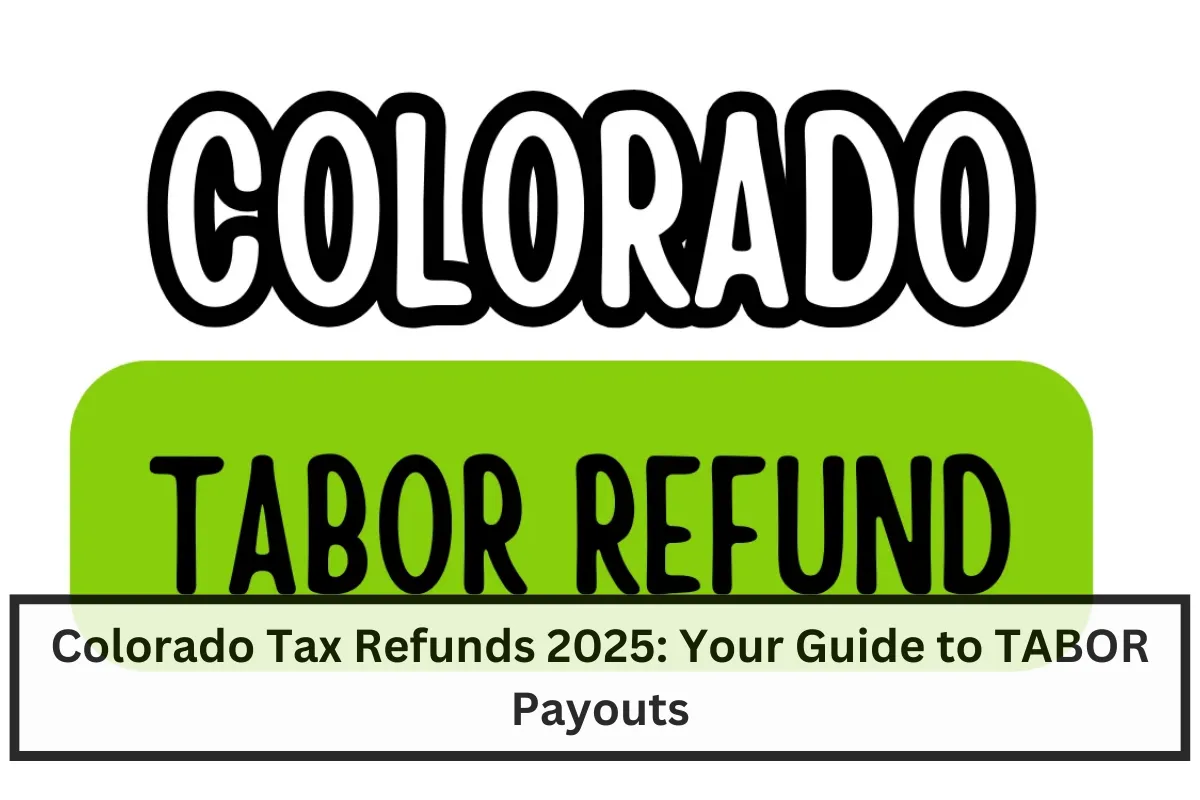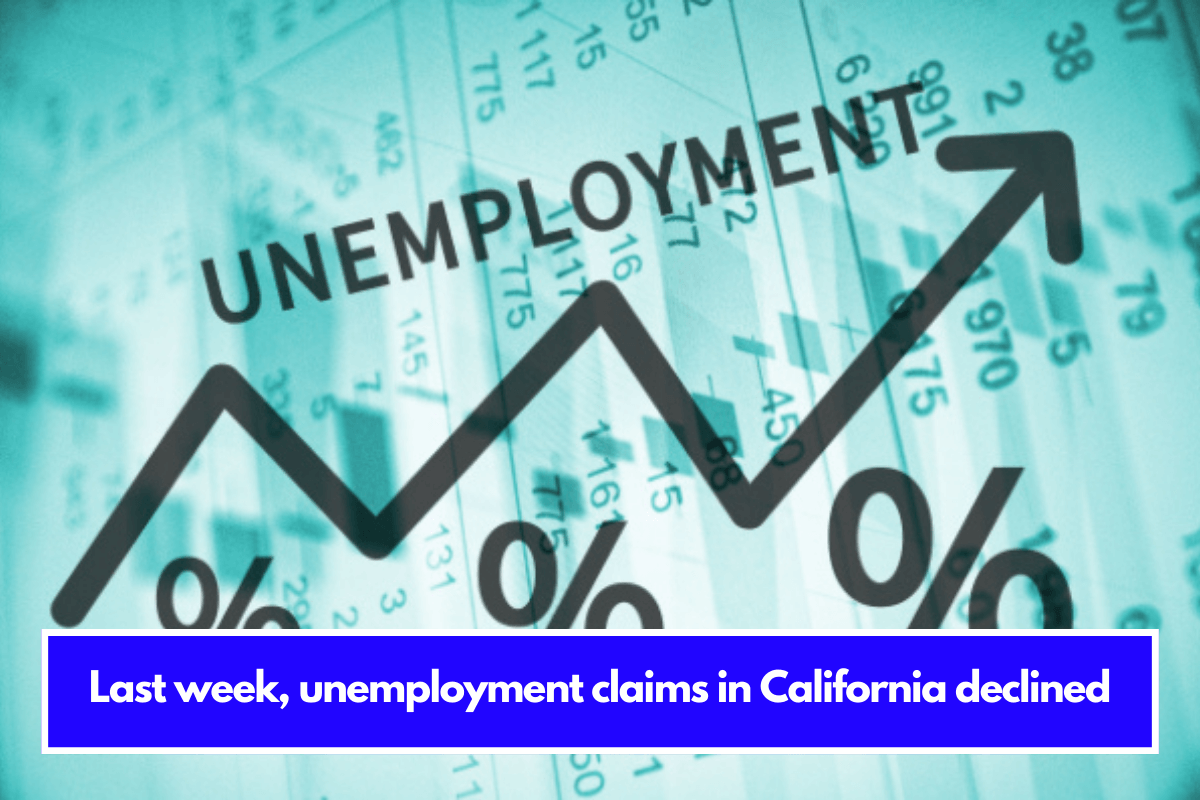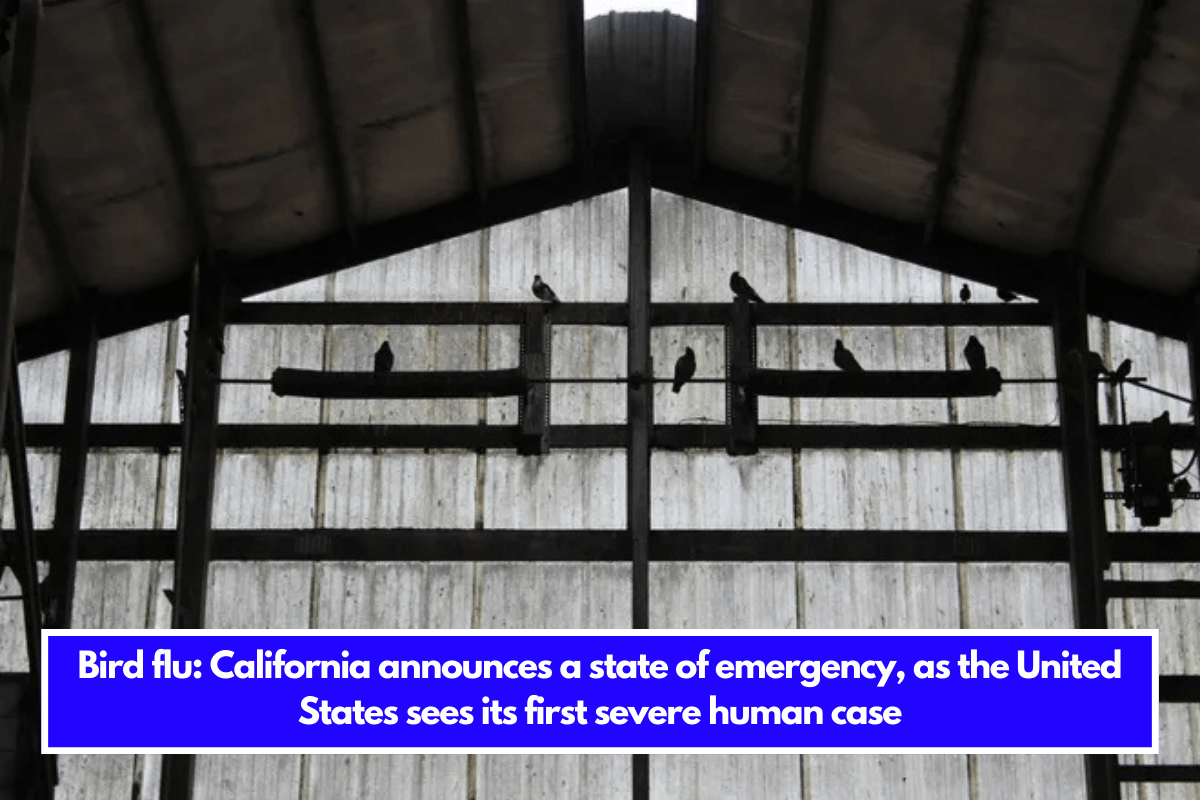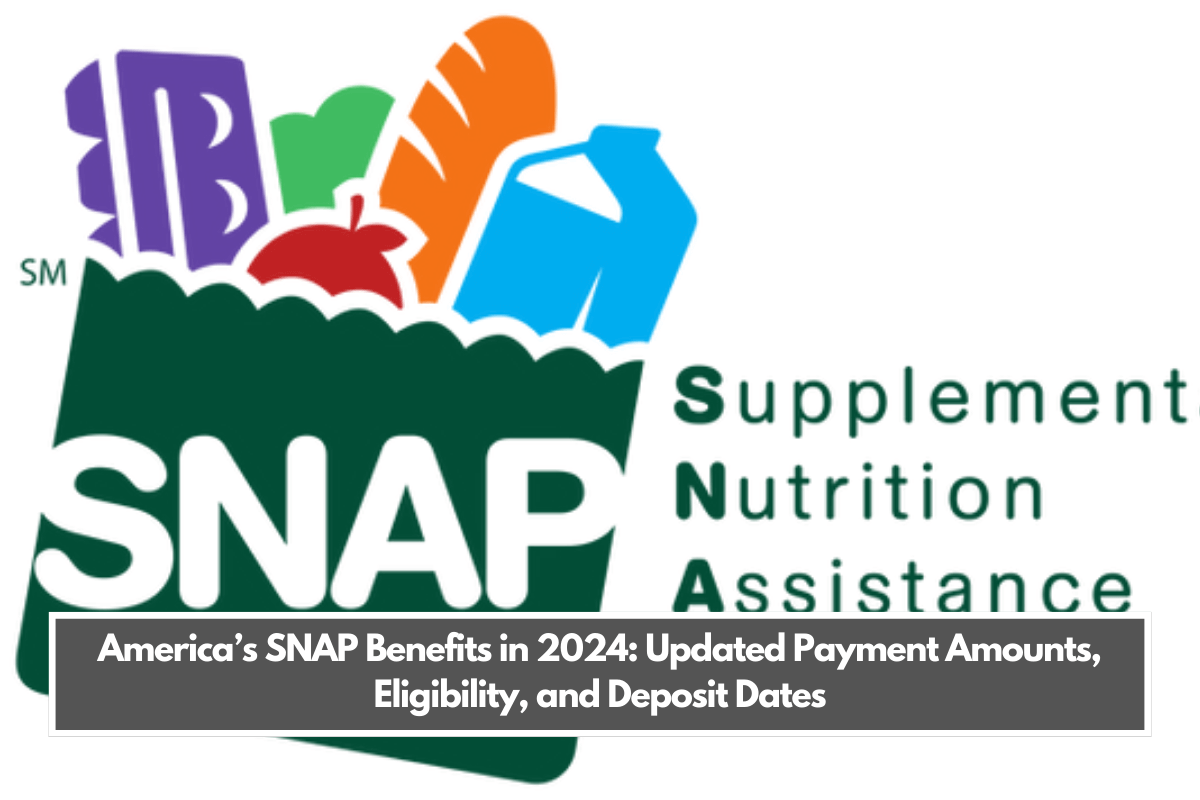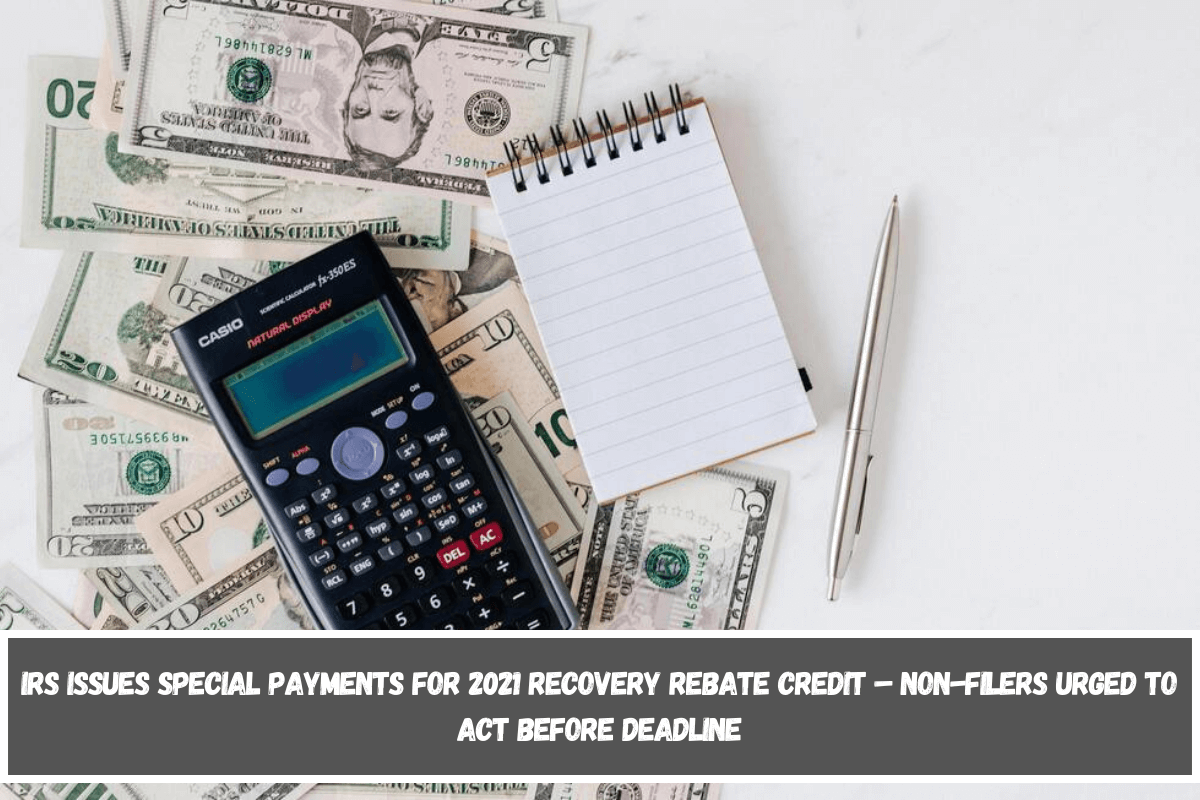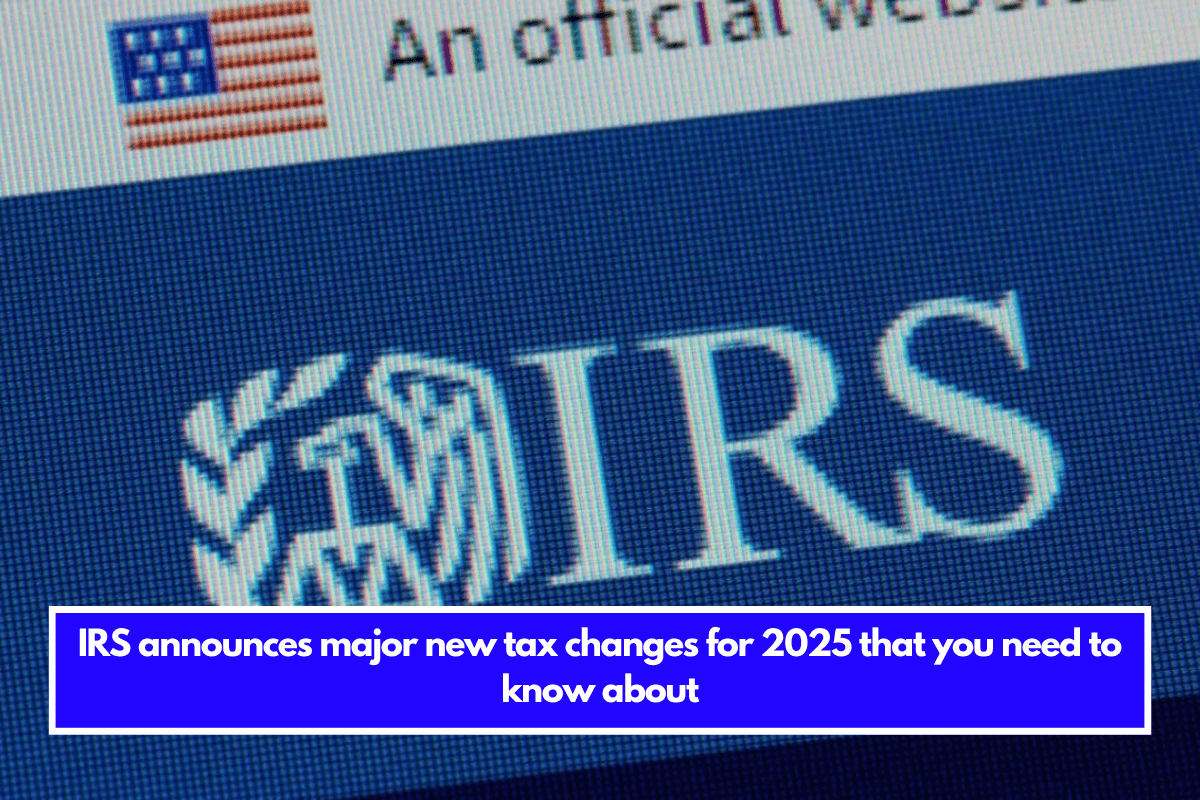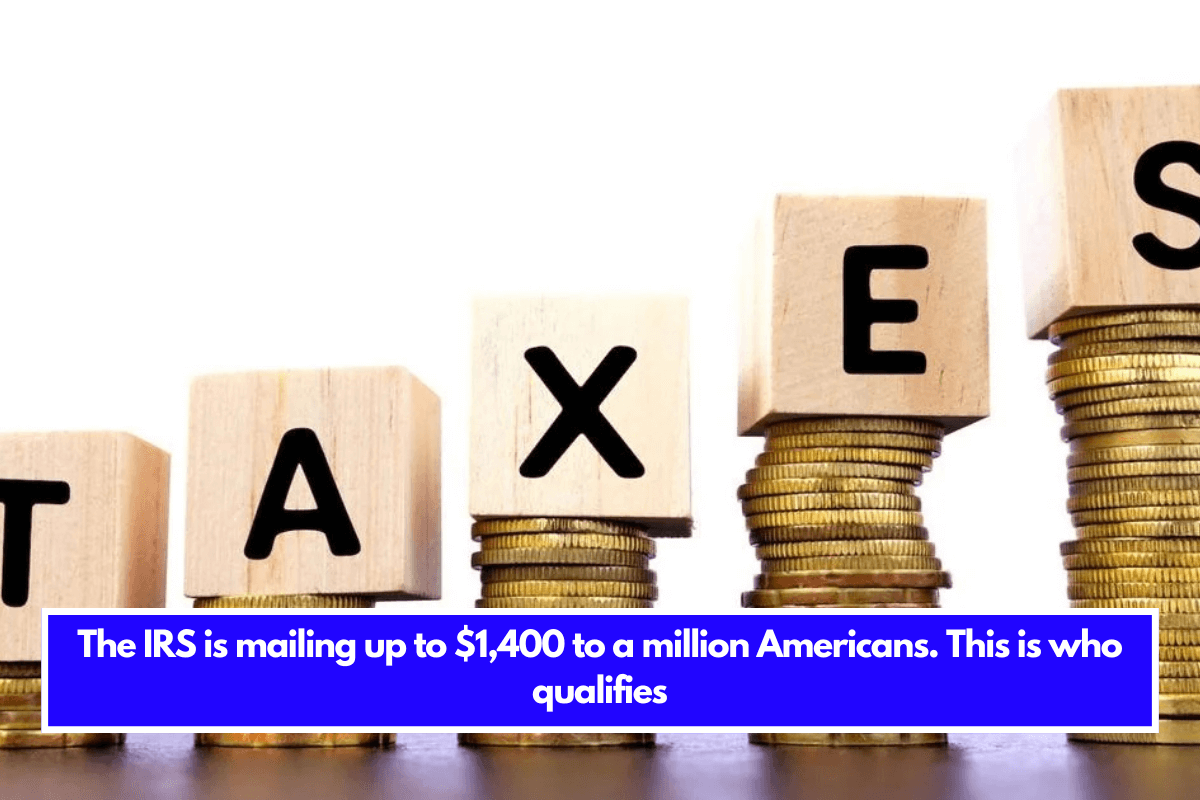In Colorado, residents are set to receive tax refunds again in 2025, thanks to the Taxpayer’s Bill of Rights (TABOR).
With the state collecting about $1.4 billion more than allowed by TABOR, and an additional $289 million that wasn’t refunded enough in prior years, eligible taxpayers can expect their share of these funds.
This article breaks down what to know about the refund amount, distribution methods, and how to check eligibility.
What is the TABOR Refund?
TABOR, or the Taxpayer’s Bill of Rights, is a policy that limits the amount of revenue the state can collect. When the state collects more than this limit, it must refund the excess to taxpayers.
In 2025, this means Colorado residents are eligible to receive refunds based on the revenue surplus from the fiscal year 2023–2024.
When Will You Get the Refund?
Refunds are expected to be distributed in 2025. However, future refunds may depend on state budget constraints. The refund process covers income from the previous fiscal year (2023–2024), and changes in the economy or government budget could affect how and when future refunds occur.
How Will You Receive the TABOR Refund?
The TABOR refund can be delivered in one of three ways:
- Direct Deposit: Funds are sent directly to your bank account.
- Paper Check: A traditional check is mailed to your address.
- Prepaid Debit Card: Some may receive a prepaid card preloaded with their refund amount.
The refund method used may depend on personal preferences or specific state policies for that year. In the past, Colorado issued TABOR refunds by check, but additional options are now available.
Additional Income Tax Reduction for 2025
Alongside the TABOR refund, Colorado taxpayers will see a temporary income tax rate reduction from 4.45% to 4.25%. This reduction is applied directly through income tax filing and offers added financial relief on top of the TABOR refunds.
Six-Tier Sales Tax Refund System
Colorado has implemented a six-tier system to ensure fair distribution of refunds based on adjusted gross income (AGI). The refund amount varies, with single filers and joint filers eligible for different amounts:
| Adjusted Gross Income (AGI) | Single Filers | Joint Filers |
|---|---|---|
| Up to $53,000 | $177 | $354 |
| $53,001 to $105,000 | $240 | $480 |
| $105,001 to $166,000 | $277 | $554 |
| $166,001 to $233,000 | $323 | $646 |
| $233,001 to $302,000 | $350 | $700 |
| $302,001 and above | $565 | $1,130 |
This refund structure ensures that taxpayers receive fair amounts based on their income.
Who Qualifies for the TABOR Refund?
The TABOR refund is available to Colorado taxpayers who filed returns and paid state income tax in the previous fiscal year.
Specific groups, such as Gold Star spouses, seniors, and veterans with disabilities, may also benefit from special provisions.
The state provides targeted assistance to these groups, acknowledging their contributions and needs.
Colorado’s TABOR refund offers residents substantial financial relief by distributing a portion of state surplus revenue.
With options like direct deposits, checks, and prepaid debit cards, the distribution process is flexible, while the six-tier system ensures fair refund amounts based on income.
Additionally, a temporary tax cut provides further savings, supporting individuals, veterans, seniors, and others in need. Colorado residents should keep track of state announcements for detailed refund timelines and methods.
1. How do I get my TABOR refund?
You’ll automatically receive the refund if you filed a Colorado state income tax return for the fiscal year 2023–2024. It will be sent either as a direct deposit, paper check, or prepaid debit card.
2. When will I receive my refund?
TABOR refunds are planned to be distributed in 2025, but exact dates may vary based on state processes. Stay updated on official announcements for more details.
3. Do I need to apply for the TABOR refund?
No, there’s no need to apply. The refund is automatic for eligible taxpayers based on their tax returns from the prior fiscal year.
4. How much will my refund be?
Your refund amount depends on your adjusted gross income. Colorado has set up a six-tier system to determine amounts, ranging from $177 to $565 for single filers and $354 to $1,130 for joint filers.
5. Is the tax rate cut permanent?
No, the tax rate reduction to 4.25% is temporary for the refunds issued in 2025 and applies through the regular tax filing process.

